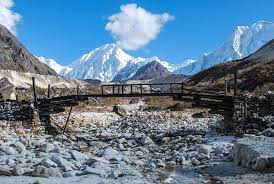
Discover the Hidden Gem: Tsum Valley Trek
Are you ready for an adventure? Let me tell you about the amazing Tsum Valley trek.

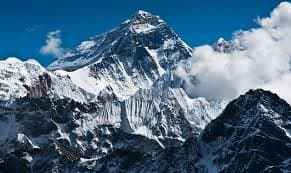
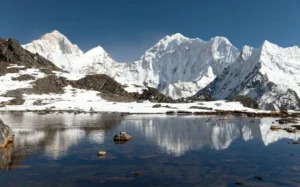

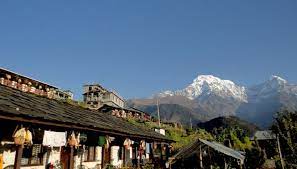
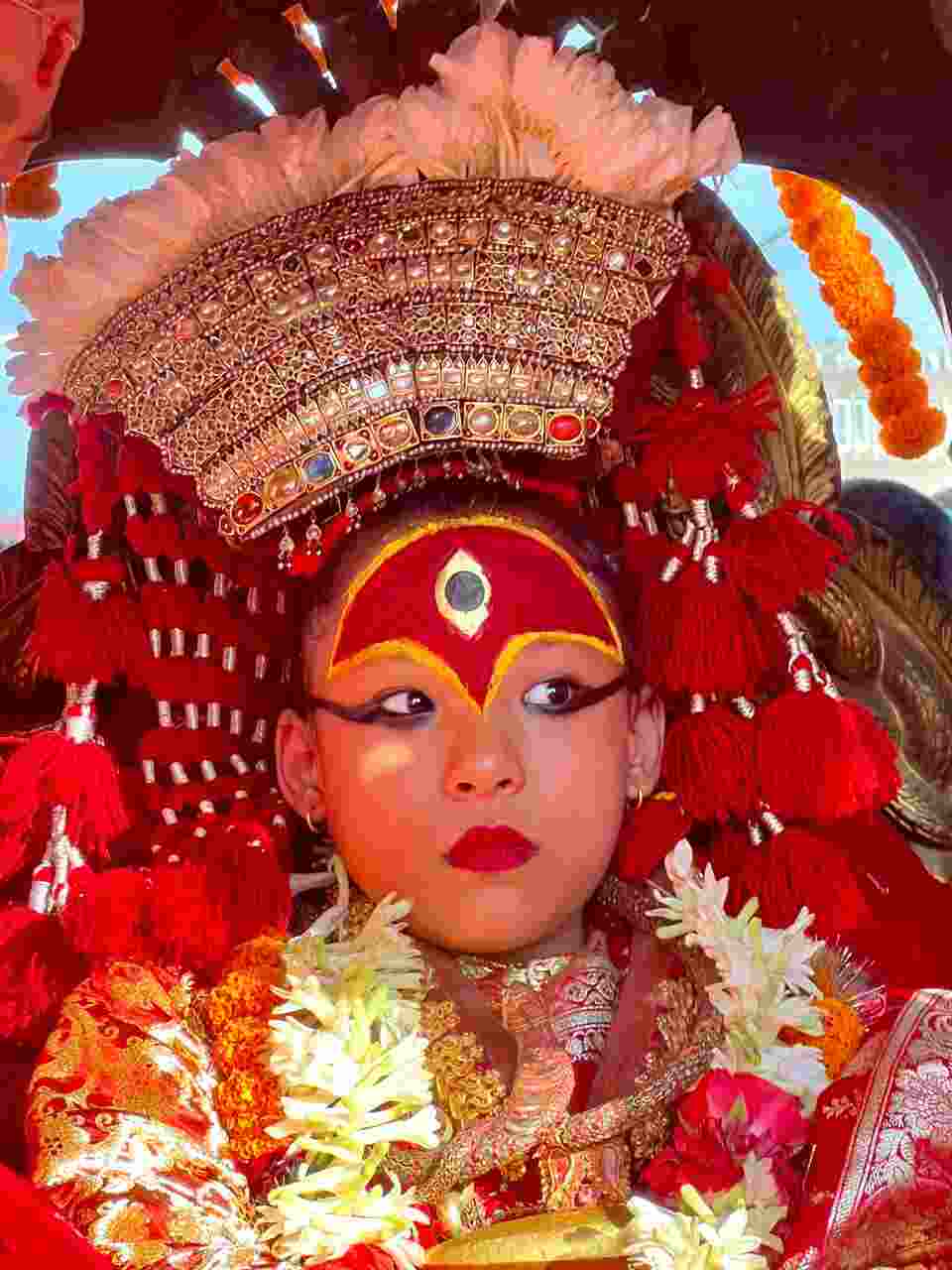
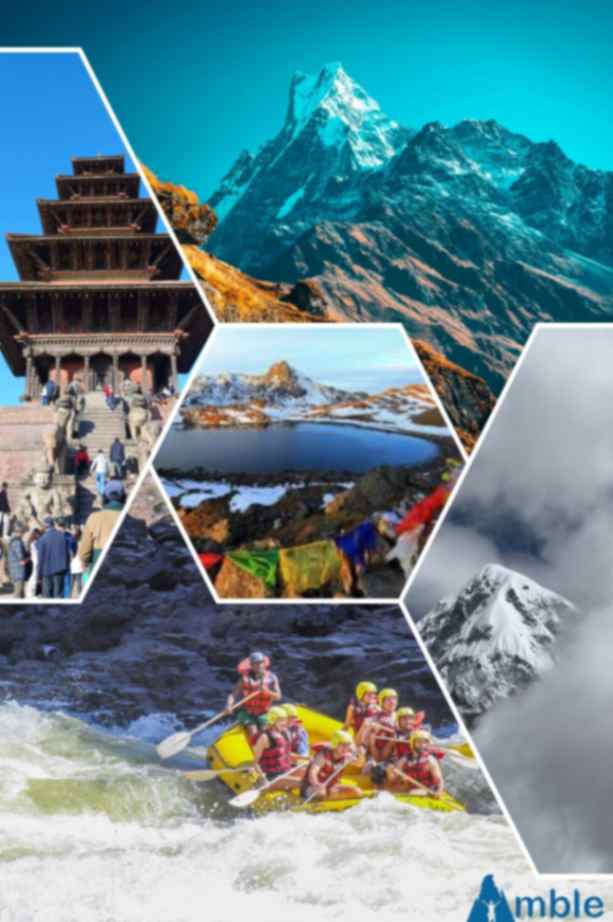
© 2024 Crivva - Business Promotion. All rights reserved.